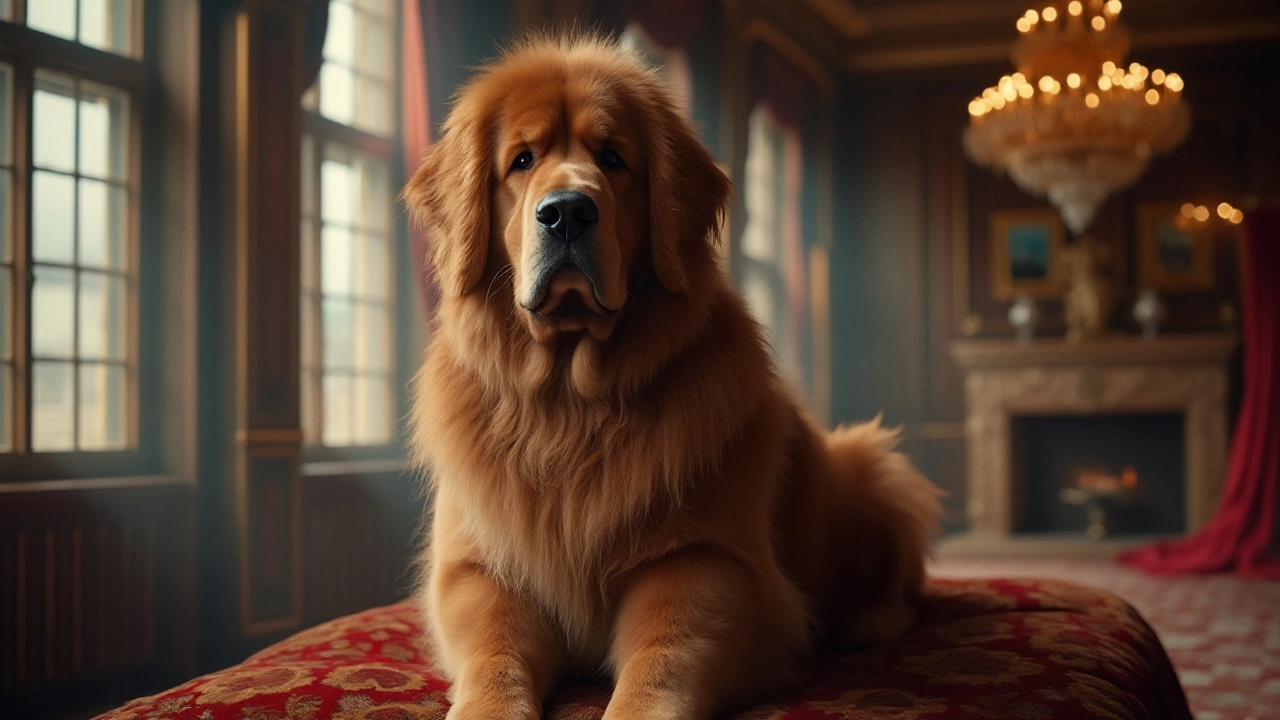Expensive Dogs: Why Some Breeds Cost a Fortune and How to Handle It
If you’ve ever wondered why a tiny Chihuahua can cost more than a car, you’re not alone. High‑priced dogs usually belong to rare breeds, have champion bloodlines, or need extra health checks. Knowing the real reasons helps you decide if the investment matches your lifestyle.
What Drives the Price Tag?
First, rarity matters. Breeds like the Tibetan Mastiff or English Bulldog often have limited litters, so breeders charge premium prices. Second, pedigree matters. A puppy with show‑ready parents or a winning lineage can fetch thousands because buyers hope for future competition success.
Third, health care adds up. Certain breeds are prone to genetic issues that need early screening, like hip dysplasia in Golden Retrievers or brachycephalic airway syndrome in Pugs. Reputable breeders include these checks in the price to guarantee a healthier start.
Can You Afford an Expensive Dog?
Buying a pricey pup is just the beginning. Expect monthly food bills, grooming, vet visits, and possible insurance to run higher than average. A good rule of thumb is to set aside at least 10% of the purchase price each year for unexpected health costs.
Consider pet insurance early. Plans that cover hereditary conditions can save you from surprise vet bills that easily exceed a few thousand pounds. Also, look for bulk discounts on premium dog food—many brands offer subscription savings that cut costs by up to 15%.
If the upfront cost feels steep, think about adopting a rescued dog with a similar look. Many shelters have purebred or mix‑breed dogs that need homes, and adoption fees are a fraction of breeder prices.
Practical Tips for Caring for a High‑Value Pup
Treat your expensive dog like any other pet, but add a few extra steps. Keep all paperwork—vaccination records, health clearances, and pedigree certificates—in a safe folder. These documents not only prove authenticity but also help vets track hereditary issues.
Invest in quality accessories. A well‑fitted harness, durable chew toys, and a comfortable bed protect both your dog and your wallet. Cheaper items might break quickly, leading to repeated purchases.
Training is key. A well‑behaved dog reduces the chance of costly damage at home or in public. Basic obedience classes cost far less than repairing a broken window or furniture.
Finally, stay proactive with health checks. Regular dental cleanings, weight monitoring, and joint supplements for breeds prone to arthritis can prevent expensive surgeries later.
Bottom line: Expensive dogs can bring joy, status, and companionship, but they also demand careful budgeting and attentive care. By understanding why they cost more and planning for ongoing expenses, you can enjoy your luxury pup without breaking the bank.
Posted By Bryndle Redding On 15 Jan 2025 Comments (0)
Why Some Dogs Cost $50,000: The Pricey World of Dog Breeds
Dogs have longstanding reputations as loyal companions, yet not all come with the same price tag. Among luxury breeds, some can command a price of $50,000 or more. This piece delves into why specific dogs cost so much, highlighting aspects like rarity, grooming needs, and historical prestige. An understanding of the meticulous care and background of these breeds can shed light on purchasing decisions for aspiring dog owners.
READ MORE